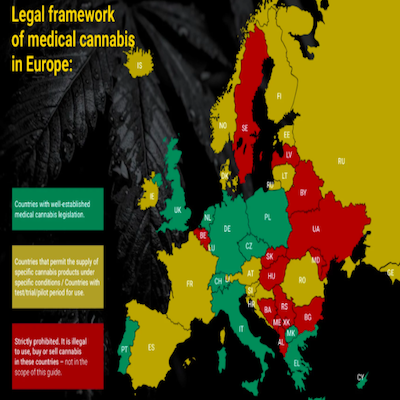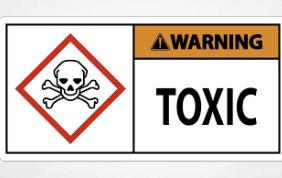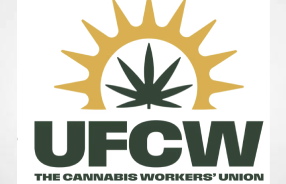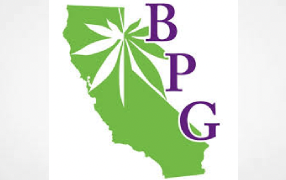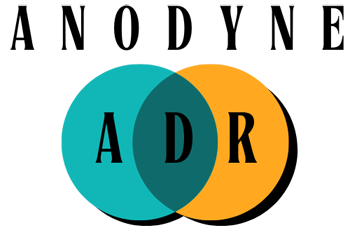Peter Kohut Director of Drug Safety at Arriello writes for Pharmexec.com
There is considerable variation in the regulatory approach to medical cannabis between European countries. Yet, despite the complexity, there are clear routes to market, reports Peter Kohut.
Medical cannabis has shown efficacy in trials and is being deployed legally in medical settings as a therapeutic for conditions ranging from palliative care for cancer to appetite stimulant in patients with AIDS-related wasting syndrome.
Across Europe, some countries allow the use of medicinal products containing cannabinoids, while others allow the medical use of unauthorized products or preparations. Some have standalone medical cannabis programmed. Some countries allow cannabis product manufacture. Others do not allow manufacture but do permit cannabis import, while in other countries you can do both.
Grey areas
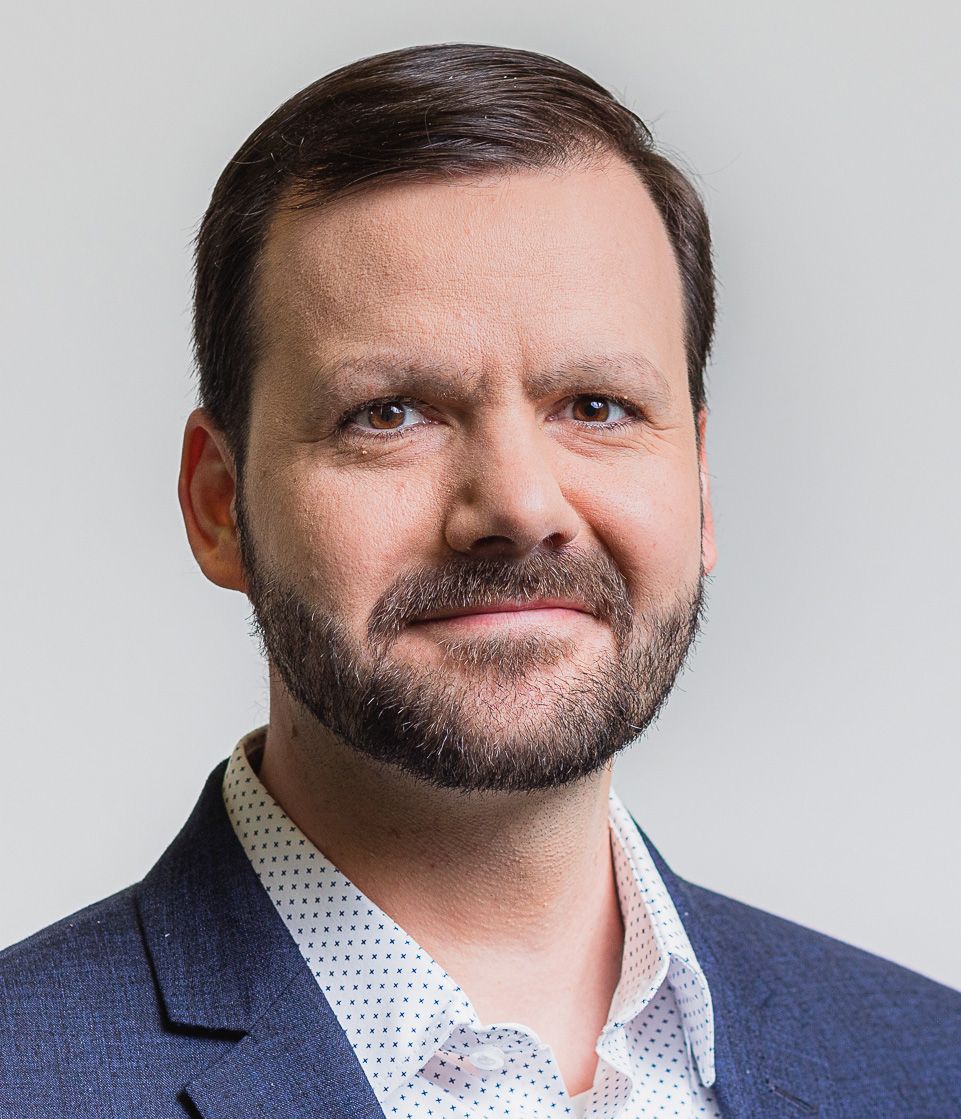
Even the definition of ‘medical cannabis’ is not fully agreed and terminology has grey areas. CBD is a chemical substance found in cannabis that has medical benefits. It is the key ingredient of approved medical cannabis drugs for children and adults with a rare form of epilepsy. CBD oils and supplements are also offered to consumers over the counter, but the efficacy of weaker consumer preparations is unproven.
Cannabidiol (CBD) is one of 113 identified cannabinoids in cannabis plants and accounts for up to 40% of the plant’s extract. Clinical research on CBD includes studies related to anxiety, cognition, movement disorders, and pain. CBD does not have the same psychoactivity as THC, the primary ingredient in cannabis that “gets you high.”
There is a pressing need to have clear policies and regulations and harmonization across territories. Major global cannabis exporters, including those from Canada and North America, cannot tap into a common regulatory pathway to European markets. Cannabis is a massive opportunity, but marketing cannabis products in the diverse European market is a complex challenge.
Three legal approaches
The first step in tackling that challenge is recognizing that European countries fall into three broad groups when it comes to their legal framework for medical cannabis. Some countries, including the UK, the Netherlands, Poland and Portugal, have well-established medical cannabis legislation.
In many of these countries, the relevant legislation is quite recent. The government of Greece approved the legalization of cannabis for medical use as recently as 2018, the same year as the UK, while Germany made it legal for doctors to prescribe medical cannabis in 2017.
Cyprus is governed by the Medical Cannabis Law 2019, which states: “Patients will be supplied with medicinal cannabis by pharmacies upon presentation of a prescription from a specialist physician. This process ensures that patients will receive quality cannabis, under the supervision of a specialist, avoiding the need to obtain cannabis of dubious quality from the illegal market.”
In these countries the use of medical cannabis is clearly provided for under law and pharmacovigilance regulations relating to medical cannabis are the same as for medicinal products. That means patient safety is the same as for any other drug and the same measures can be taken to identify and deal with counterfeit drugs.
In other countries, including Sweden, Latvia, Belgium, and Albania, medical cannabis is strictly prohibited. It is illegal to use, buy or sell cannabis. At the present time, there are no routes to market medical cannabis into those countries.
Somewhere in the middle are countries that permit the supply of specific cannabis products under specific conditions. These include countries with trial period or pilots underway examining the possibilities for the use of medical cannabis. In these countries there are opportunities to market medical cannabis, with care.
Some countries allow importation and/or use of medical cannabis at the discretion of physicians, usually relating to specific treatment for a named patient. In Croatia, for example, there is just one cannabis medicinal product registered containing cannabidiol (Epidyolex). The only way to register cannabis there is through an imported license.
France, Ireland, and Denmark are running trial periods for medical cannabis, while in Finland only Sativex (an oromucosal spray) is available on prescription, for patients with MS. CBD may be prescribed for other conditions, decided on a case-by-case basis by the Finnish Medicines Agency (FIMEA). A prescription can only be issued by a neurological expert (or doctors in a neurological clinic) and is viewed as a ‘last-resort’ if the patient hasn’t responded to other medication.
The narcotics route
While some countries have a specific regulations relating to medical cannabis, in others, products that contain cannabinoids that do not have any formal authorization as medicinal products, may have a narcotics license , as they do in Germany, for example. Similar narcotics legislations in other countries may provide life sciences companies with a route into these markets.
In European countries that do allow medical cannabis, whether in established law or in pilot projects, there is a further issue relating to the form of preparation allowed. Medical cannabis may be supplied in oils, capsules, as dried plants or a liquid solution. On top of that, there is a lack of standardization in the manufacturing of medical cannabis products, their ingredients and labelling.
There are further questions about how to get medical cannabis into the hands of patients. In target countries, is access to medical cannabis products prescription-based or is OTC provision likely for some formulations.? Will prescriptions be limited or not? Will prescriptions be reimbursed by the government or insurance companies? The answers to these questions are all key to building a business case for marketing medical cannabis into individual territories.
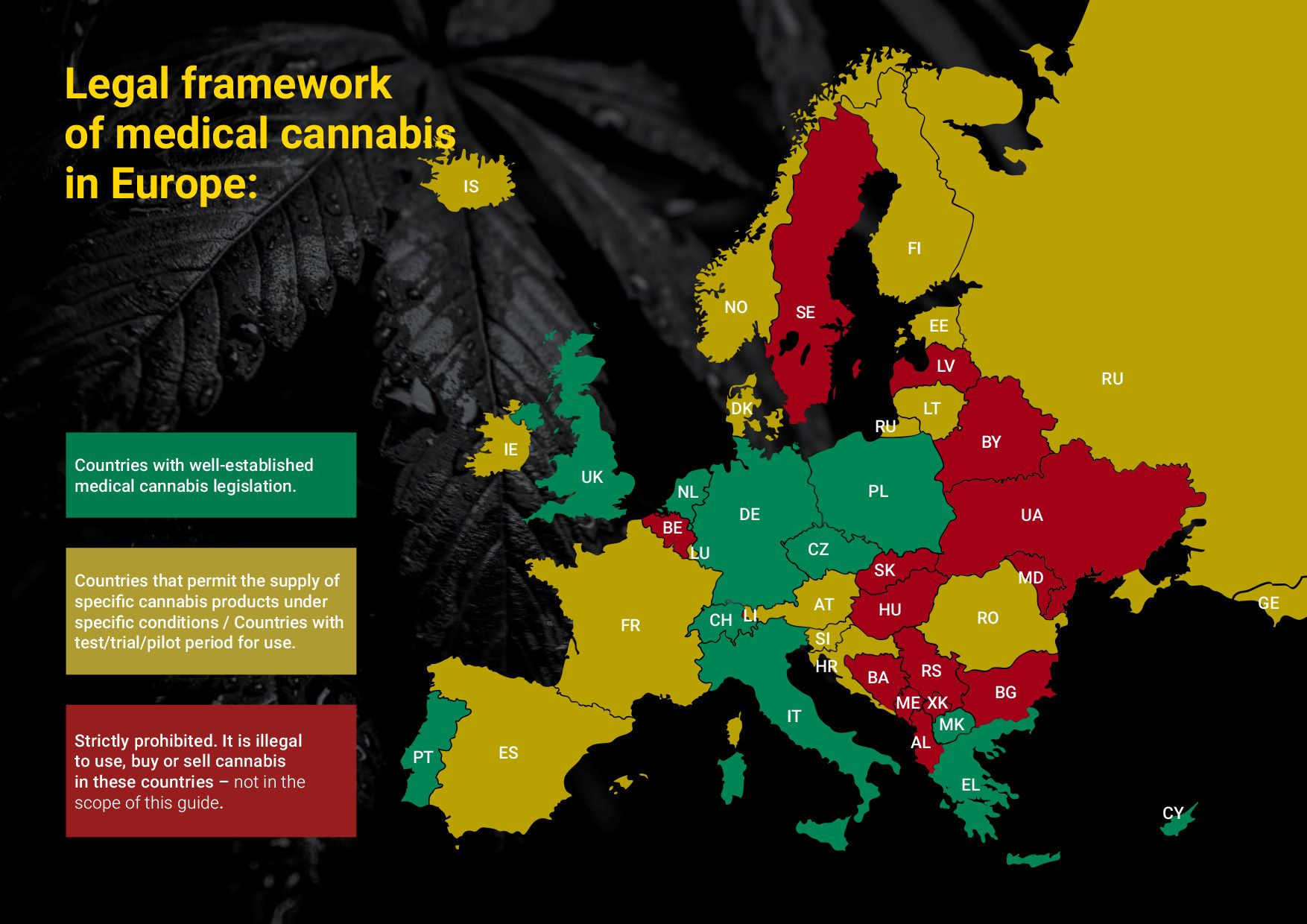
Navigating a route through this complexity is possible. Recent changes in the legal framework in some countries have eased the path to market medical cannabis. Elsewhere there are opportunities to get a foot in the door via trials and test periods. As these market become more accessible, the competition is growing. Making a move now will pay dividends.
Source: https://www.pharmexec.com/view/navigating-the-european-market-for-medical-cannabis
